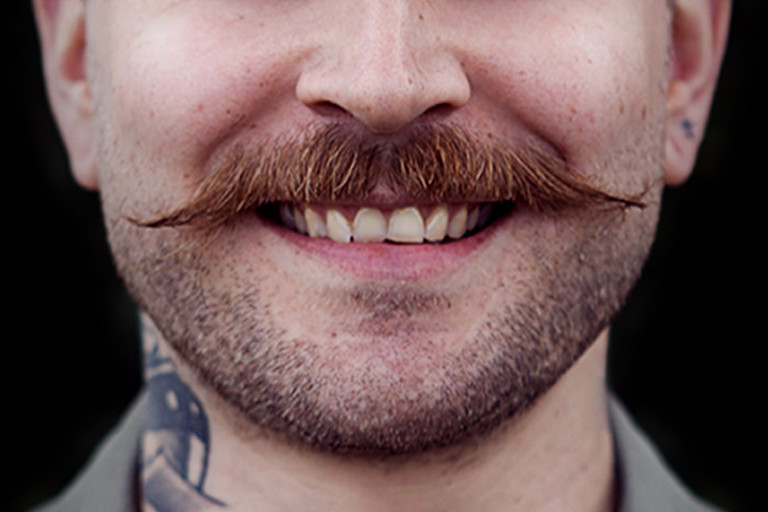When I hear the word ‘Wildlife Documentary’ I straight away think of David Attenborough and all the documentaries he has created. Documentaries at their best are raw and unflinching. They offer us glimpses of the world that we don’t normally see. These documentaries of animals shows us just how clever animals are.
When we are children, we depict animals to be like what we see on cartoons and Disney films. For example; If I see a lion with a black mane and a scar on his face I know he is the bad lion who killed his brother. Madagascar introduced a whole new meaning to ‘going to the zoo’. The lion is the King of the jungle (and the zoo) and in an ironic world he is best mates with his dinner.

But as we get older we start to decipher animal groups. Movies and documentaries play a huge role in this. When watching Jaws it makes you terrified to enter the water and when watching King Kong you feel sorry for the giant Gorilla. But what about the movie Free Willy? Did you feel sorry for the whale when he was separated from his family or did you feel happy from him when he made a friend?

There has only ever been one recording of a killer whale who ‘attacked’ a diver in the wild [2] but those figures are vastly different when compared to Orca’s in captivity. Over four people have died from a killer whale attack at Sea World and over dozens injured.
Orca’s are known as Killer Whales due their fierce reputation. They are known as ‘wolves of the sea’ because they hunt it packs [1]. After watching the documentary Blackfish, you don’t realise how upsetting it is to see these large dolphins locked in a tank for half their life. The story evoked empathy and tells the story of Tilikum, the Orca, as a victim and not as the killer whale he is known to be. It shows how money was more important than an animal’s life and the trainers well-being. The PR team of Sea World were hiding the true facts about Tilikum so well that the trainers and staff did not even know the full extinct. The beginning scenes when Tilikum was stripped from his mother and family were just so confronting it made you angry and when a trainer was harmed you felt sorry for the whale. You can see why the whale did what it did in the most extreme cases. But on the other hand, we have this sense of hurt and sorrow for the trainers.
The film March of the Penguins sets itself as both a documentary and a ‘love story’, which assumes that penguins experience love, as we do. It allows us as the audience to sympathise with the penguins and relate to them on a personal level. I find it a little odd that they take real animal footage and intertwine it into a human narrative. I can see the angle they wanted to create however, what about issues of global warming and issues of reproduction for the penguins. What about their long-term issues. Although, this film was well put together and deserved to win an Oscar (who doesn’t love a Morgan Freeman’s voice), I was expecting something a little different.

This movie sparked debates over whether or not penguins were a suitable model for human family units and values. The filmmakers say they “did not consciously avoid those topics of global warming and evolution, they say they are strong believers in evolutionary theory, but they add that they wanted to create a film that would reach as many people as possible”. [3]
From these documentaries and movies we see about animals, it is evident that animals have feelings, they have sense of being family oriented, they protect their babies, they eat, they sleep, they are just like us. It is inhumane to place a large animal in a large tank, who is known as a killer, for it to do tricks all it’s life just to please humans and make money from it.
This topic is one of those difficult ones to discuss. I hate seeing an Orca in a small pool and I hate seeing a polar bear not in the snow but I also love going to the zoo and seeing a lion, elephants and giraffes. After watching these documentaries from both different angles, one being a helpless Orca forced to perform and another seeing Penguins in love and protecting their young in their natural habitat, it seems unfair that we have these animals locked up in zoos and aquariums. The circus’ have said goodbye to their animals so it’s only a matter of time before there is no such thing as a zoo or aquarium. If roles were reversed, would be like to live in cages and in captivity whilst animals come to look at us?
Documentaries are a voice for the animals, but when making a documentary it’s the producers who get to pick what we can and can’t see. It’s hard to say if the implications for this are positive or negative. I guess it’s easy for us to sympathise with the animals when there is a narrative structure. Nature films presents to us what we want to see and what we might not want to see. It’s hard to believe that behind the scenes there is torture on animals. It are these documentaries that make us step back and realise the true nature of what is right and what is wrong.
Reference List
[1] Silverman, J 2008, ‘Why are Ocra called Killer Whales’, Blogpost, How Stuff Works, 10 July, viewed 30 March 2017,<http://animals.howstuffworks.com/mammals/orca-killer-whale.htm>.
[2] Kirby, D 2012, ‘ Did a Wild Orca Really Attack a Diver in New Zealand’, Takepart, 24 February, viewed 30 March 2017, <p://www.takepart.com/article/2014/02/24/did-wild-orca-really-just-attack-diver-new-zealand>
[3] Miller, J 2005, ‘March of the conservatives: Penguin Film as a Political Fodder’, The New York Times, 13 September, viewed 30 March, <http://www.nytimes.com/2005/09/13/science/march-of-the-conservatives-penguin-film-as-political-fodder.html?_r=0>.













